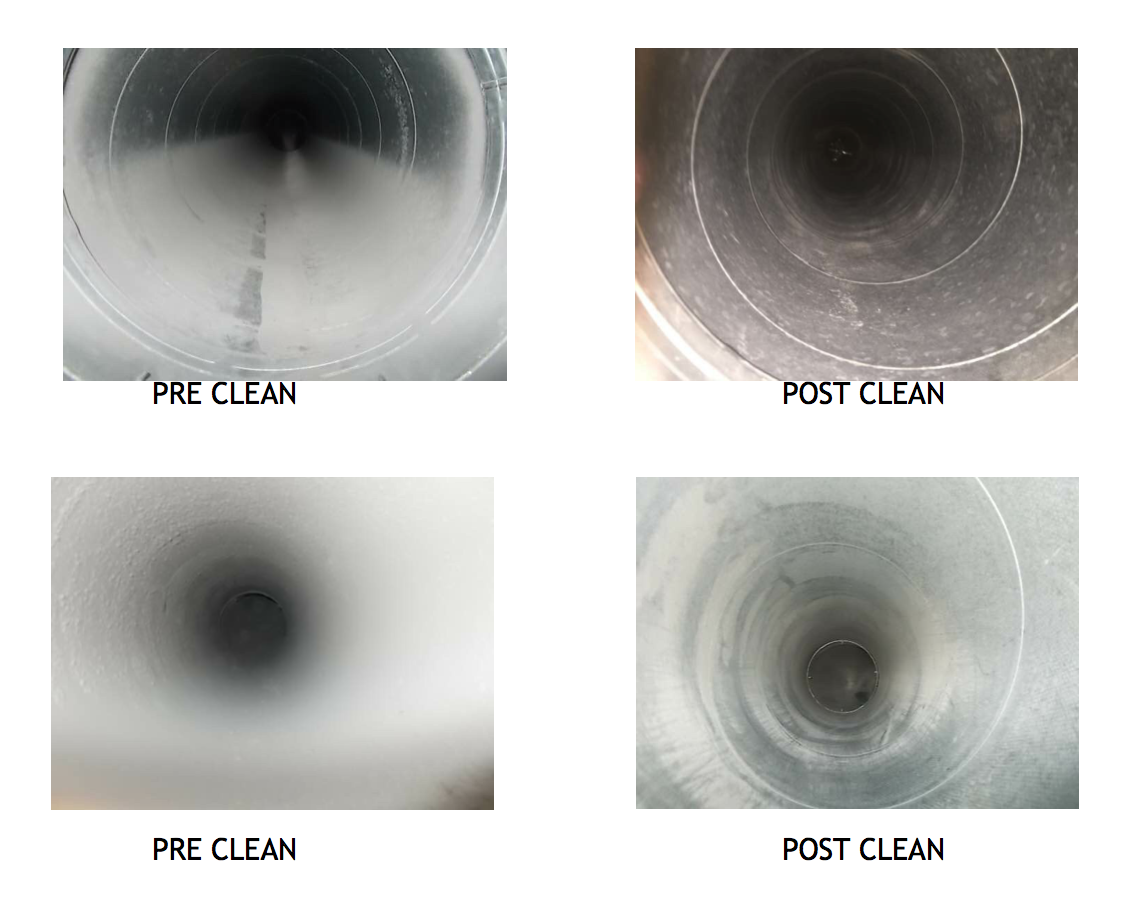VENTILATION SYSTEM CLEANING CASE STUDY SEPTEMBER 2016
Overview
Job Type: Commercial Supply & Extract Ventilation System Cleaning.
Site Details: One of the UK’s largest manufacturers of aircrete blocks and systems.
Special features: 5 Ventilation systems.
Observations
- Continued cleaning and monitoring of these systems should be carried out regularly to ensure they remain clean and free from anything that may contaminate the air or encourage microbiological growth. Annual assessments of the supply & extract systems by means of vacuum testing and microbiological sampling should be conducted and compared against the industry guidelines and parameters set out in B&ES TR19 & CIBSE TM26. This will ensure your compliance in accordance with the workplace (Health, Safety & Welfare) Regulations Approved Codes of Practice and the Health & Safety at Work Act.and the Health & Safety at Work Act.
- Dust deposit levels were in excess of 180 microns pre clean.
- Each system was successfully cleaned by installing access doors and vaccuming the internal surfaces of the ductwork and associated plant.
- On completion dust deposit levels were less than 0.8 microns in accordance with TR19.
- It is always recommended that continued cleaning and monitoring every 3-5 years and that intake/supply air filters are replaced frequently in-line with manufacturers guidelines. This will help to ensure the ductwork remains clean and free from anything that may contaminate the air or encourage microbiological growth. On this occasion we also recommended annual assessments of the supply and extract systems by means of vacuum testing and microbiological sampling. These should be conducted and compared against the industry guidelines and parameters set out in BESA TR19 & CIBSE TM26. This will ensure compliance in accordance with the workplace (Health, Safety & Welfare) Regulations Approved Codes Of Practice and Health & Safety at Work Act.
Ventilation System Cleaning


